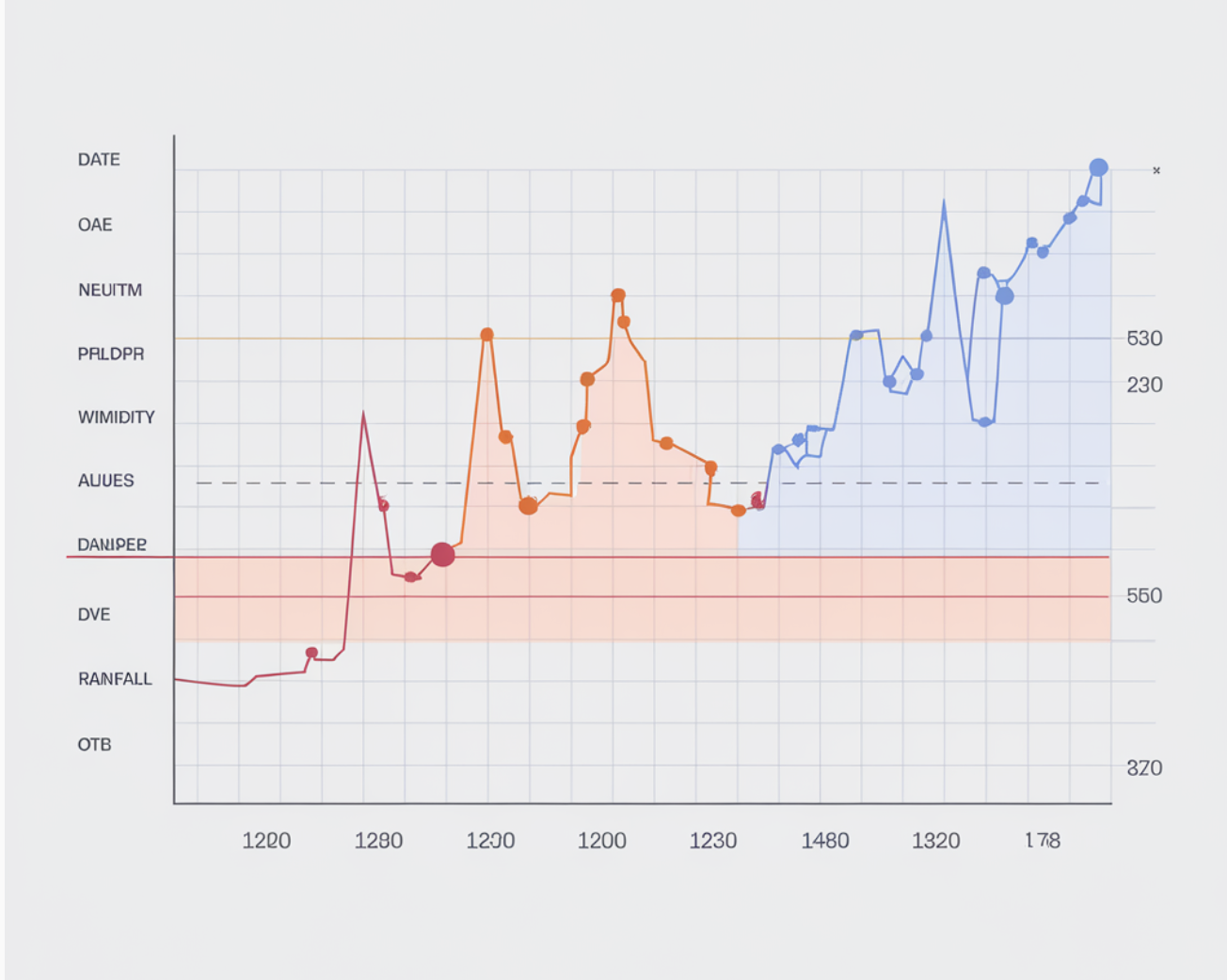
Top 10 Python Libraries for Data Analysis
Python is the leading language for data analysis because of its simple syntax and powerful libraries. Data scientists use Python for various tasks, including data manipulation, machine learning, and visualization. Here are the top 10 libraries that can enhance your data analysis efforts:
1. NumPy
NumPy is essential for numerical computing. It offers fast array operations and functions for linear algebra and random number generation. Key uses include:
- Data manipulation and analysis
- Statistical analysis
- Machine learning
- Scientific computing
- Image and signal processing
2. Pandas
Pandas simplifies data manipulation and analysis. It provides data structures like Series and DataFrame for easy data handling. Key tasks include:
- Data cleaning and preprocessing
- Data filtering and selection
- Data aggregation and grouping
- Time series analysis
- Exploratory data analysis
3. Matplotlib
Matplotlib is a versatile library for creating various visualizations. It allows customization for both basic and complex plots. Common uses include:
- Data exploration
- Hypothesis testing
- Presenting findings
4. Seaborn
Seaborn builds on Matplotlib to create attractive statistical graphics easily. It’s great for:
- Heatmaps
- Scatter plots
- Time series plots
5. Scikit-learn
Scikit-learn is user-friendly for machine learning tasks. It supports:
- Classification
- Regression
- Clustering
6. TensorFlow
TensorFlow is an open-source framework for deep learning. It’s ideal for:
- Building neural networks
- Natural language processing
- Computer vision
7. PyTorch
PyTorch is known for its flexibility and ease of use in deep learning. It’s widely used in:
- Natural language processing
- Computer vision
8. Statsmodels
Statsmodels offers statistical tests and model fitting. It’s useful for:
- Time series analysis
- Regression analysis
9. Plotly
Plotly allows for interactive visualizations that can be embedded in web applications. It supports:
- Line charts
- Bar charts
- 3D plots
10. Dask
Dask enables parallel computing for large datasets. It integrates well with other libraries for:
- Parallel computing
- Large data handling
Conclusion
These Python libraries are vital for effective data analysis. They help in every stage, from data cleaning to model building and visualization. Experiment with them to improve your data analysis skills.
Unlock AI’s Potential for Your Business
To stay competitive, leverage the top Python libraries for data analysis. Here’s how AI can transform your work:
- Identify Automation Opportunities: Find customer interactions that can benefit from AI.
- Define KPIs: Ensure measurable impacts from your AI initiatives.
- Select an AI Solution: Choose tools that fit your needs.
- Implement Gradually: Start with a pilot project and expand wisely.
For AI KPI management advice, contact us at hello@itinai.com. For ongoing insights, follow us on Telegram or @itinaicom.

























